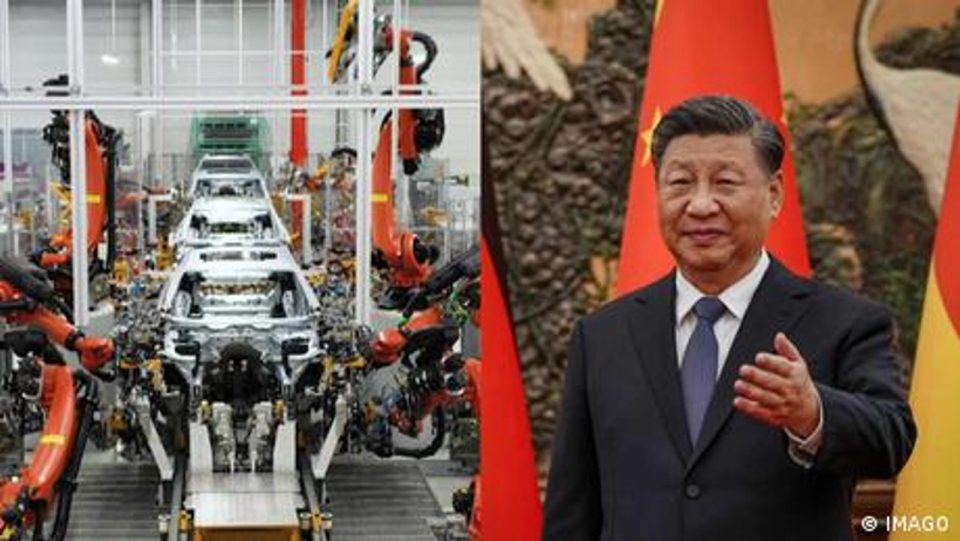China Bans Rare Earth Magnet Exports to India, Puts Auto Industry at Risk
In a significant development that could have far-reaching implications for India’s auto industry, China has reportedly imposed a temporary export ban on rare earth magnets to India, leading to serious concerns among leading automakers. The move follows heightened geopolitical tensions in the region, particularly after Operation Sindoor, a recent military conflict in which Pakistan—China’s close strategic ally—faced a major defeat at the hands of Indian forces. As per media reports, Beijing demanded that the Indian government provide firm assurances that these critical rare earth magnets would not be used in defense manufacturing or re-exported to countries such as the United States, before lifting the ban.
Rare earth magnets are essential components in the manufacturing of electric vehicles (EVs), advanced electronic systems, and a range of auto parts. With China controlling more than 90% of global production, any disruption in supply directly threatens the operations of India’s auto manufacturing sector, the world’s third-largest car market. According to a report by The Economic Times, China has now allowed exports to resume, but only after receiving strict guarantees from the Indian side. The Directorate General of Foreign Trade (DGFT) has since issued 30 individual certificates for each consignment of rare earth magnets, allowing their release.
Earlier this year, a Reuters report had warned that the Indian auto industry could face a serious crisis if China halted exports of rare earth elements. Company officials and industry experts had indicated that Indian manufacturers were at risk of exhausting their stocks by the end of May 2025. This alarm prompted the Society of Indian Automobile Manufacturers (SIAM) to seek urgent government intervention. On May 19, SIAM representatives—including officials from Maruti Suzuki, Tata Motors, and Mahindra & Mahindra—met with the Commerce Ministry to present an internal document highlighting the imminent threat of a production shutdown.
The document urged swift action to fast-track import approvals and apply diplomatic pressure on Beijing to accelerate export licensing procedures. Although some Chinese suppliers have been granted export permits, insiders in the industry remain apprehensive that further delays could occur due to the strained nature of current India-China relations. In addition to export approvals from China, Indian importers must also navigate a complex web of domestic bureaucratic procedures, including obtaining clearances from multiple ministries and submitting end-use certificates that confirm the magnets will not be diverted for military or third-country use.
These certificates must then be verified by the Chinese Embassy in New Delhi before export licenses can be granted by Beijing. While Chinese officials have stated that they are working to facilitate and streamline trade in accordance with both countries’ legal and regulatory frameworks, they have also emphasized that the export restrictions are primarily aimed at protecting China’s national security interests.
According to customs data, China’s global exports of permanent magnets plummeted by 51% to 2,626 tonnes in April following the imposition of the export ban. In the financial year ending March 31, 2025, India imported around 460 tonnes of rare earth magnets—almost all from China. Industry estimates suggest that India is likely to require 700 tonnes of magnets worth approximately $30 million this year to meet demand.
The current situation underscores the heavy dependence of India’s growing automotive sector on Chinese rare earth supplies and highlights the urgent need for diversification and the development of indigenous capabilities in critical technologies. As India seeks to scale up EV production and reduce carbon emissions, uninterrupted access to rare earth magnets will be vital for ensuring the stability and growth of the sector.
For video news coverage on this story and more, visit our YouTube channel THE OLIGO.

